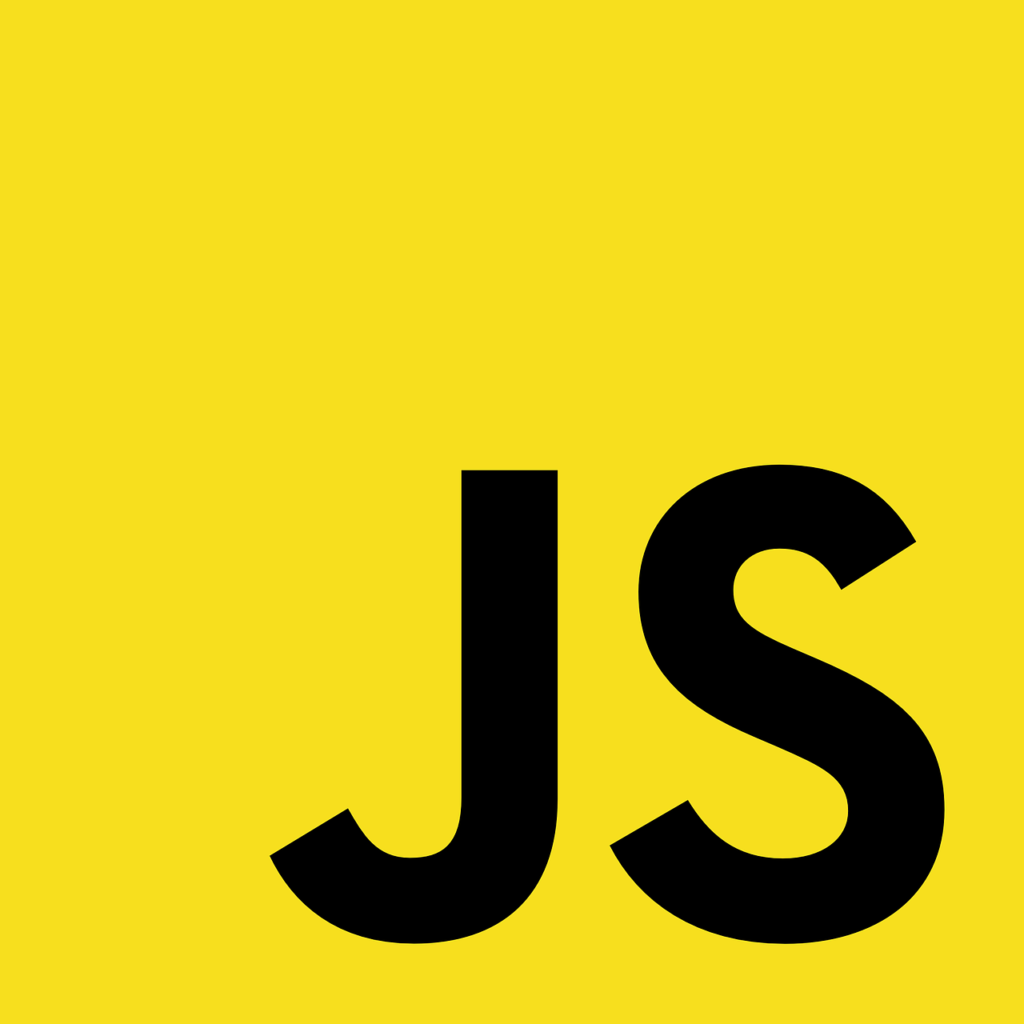
According to a recent study by StackOverflow, JavaScript ranks as the most commonly used language for the 8th year in a row with a whopping 67.7% of developers choosing it over other programming languages.
JavaScript is a text-based programming language used both on the server and client-side during development. It allows web pages to be interactive with these applications as well. Notable JavaScript additions include video embedding, search boxes, refresh functionality, and so on. On the server-side, JavaScript developers (such as those at BairesDev) use it to build web servers and develop backend infrastructure.
There are many reasons why JavaScript continues to rank among the top languages. As an incredibly versatile tool, it’s suitable for both frontend and backend development. While languages such as HTML and CSS take care of the most basic aspects of a website or application, JavaScript expands their functionalities. In reality, this programming language powers what users find the most useful about apps and sites.
Although it’s a popular and useful language, JavaScript can also get a little bit fussy if it’s not properly managed. This is why web developers commonly use frameworks when using it for programming.
What is JavaScript Framework?
A software framework is an abstraction in which developers use additional user-written code to selectively change things in software that’s providing generic functionality. They are a collection of tools, libraries, and pieces of code that serve a big purpose while allowing for expandability on-demand.
A JavaScript framework specifically is an application framework that’s written in JavaScript so that programmers are able to manipulate functions and reuse them for easier development. Frameworks are super adaptable for the designing of websites and applications, which is why most website developers prefer to use one. These frameworks also help with responsive design and are another reason why JavaScript and its frameworks are so popular.
The Top JavaScript Frameworks
Frameworks help make developers’ lives easier as they build and work on projects, but there are many different options on the market today. Which are the top options for building JavaScript projects in 2020?
Below are some of the top-ranked options by the development and programming community:
- React – React is a declarative framework developed by Facebook. It creates highly-interactive and responsive websites and web apps while allowing developers to write readable code. It also makes debugging easy. It’s one of the most talked-about frameworks for frontend development as it’s known for having an enormous online community.
While React isn’t “technically” a fully-fledged framework (as is more of an open-source frontend library), most developers consider it to be one anyway thanks to its robust offerings. React uses a component-based, functional, and declarative programming style to help create interactive user interfaces. - Vue – Vue.js (commonly referred to simply as Vue) is a progressive JavaScript framework known for its simplicity and easy learning curve. It’s also an open-source, lightweight option for frontend development to help build creative user interfaces and high-performing single page web apps with minimum effort.
The principal advantage of using Vue over other JavaScript frameworks is that it’s simpler, uncomplicated, unrestrictive, and progressive in nature that allows the developer to adapt it to their specific needs. Vue has seen a massive spike in popularity over the last two years alone and continues to rank highly among the development community. - Angular – Maintained by Google, Angular is typically used with other tools, such as the MongoDB database, Node.js, and Express.js. It is enterprise-scale by design and helps to enable better server performances thanks to considerate cache practices. While it’s strictly component-based, the framework offers many third-party integrations and allows for reusable code throughout the codebase.
Angular is one of the most powerful, efficient, and open-sourced JavaScript frameworks on the market today. It extends HTML into applications and is a great solution for cross-platform functionality for native, desktop, and progressive web applications. - Ember – A somewhat lesser-known option, Ember offers many benefits when working with JavaScript. It allows for HTML and CSS in its components and is also ideal for working with single-page applications while still remaining scalable. It’s considered an “opinionated” open-source framework used to create scalable enterprise-level single page web applications.
Many of the top names in the digital world use Ember, including Apple, Netflix, LinkedIn, Square, and Microsoft because of its many benefits and the stability factor. The framework makes a commitment to maintaining constant stability and releases updates every 6 weeks. Ember also offers many online resources, a Discord community, and podcasts in addition to its own conference.
There are many different options out there for JavaScript development companies and developers looking for a great framework to work with. While each offers unique advantages and disadvantages, these popular frameworks are some of the best to work with in 2020 and beyond.










